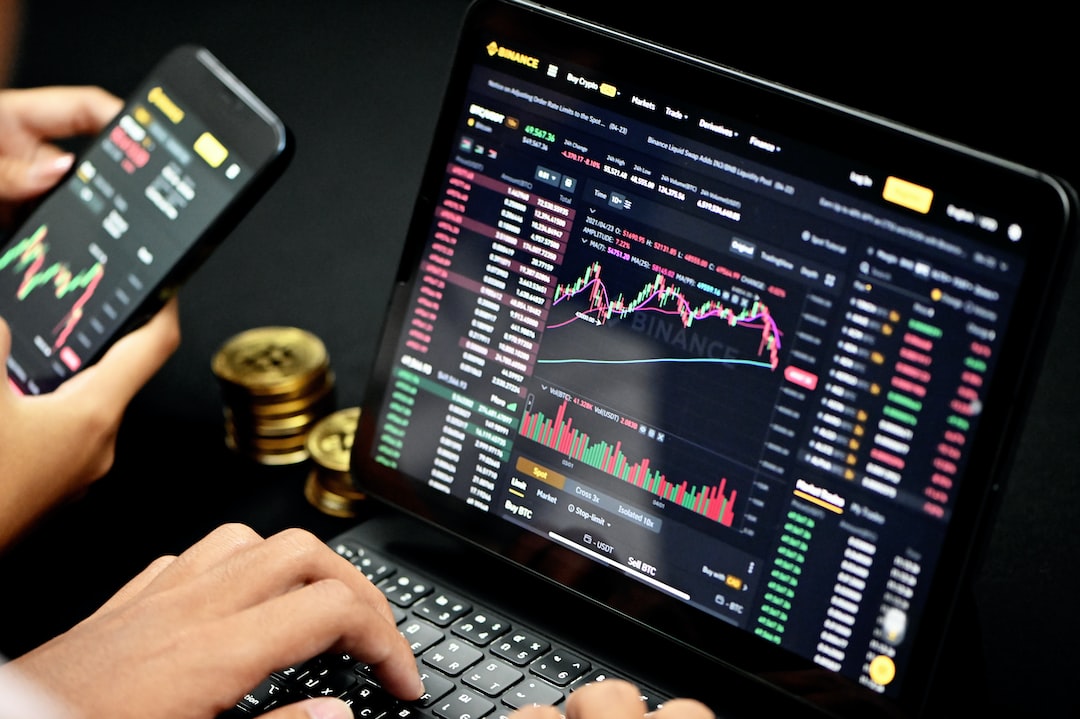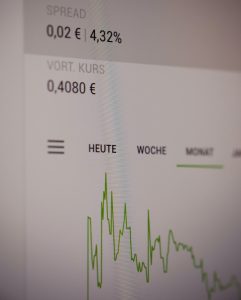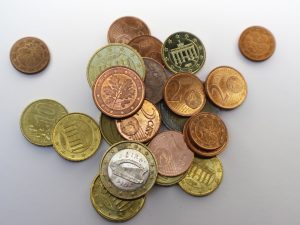The forex market is one of the largest and most liquid financial markets in the world, with trillions of dollars traded daily. With the growing popularity of forex trading, many individuals are looking to become forex brokers. A forex broker is a professional who facilitates trading on the forex market for clients, allowing them to buy and sell currencies.
Becoming a forex broker is not an easy task, and it requires a deep understanding of the forex market, as well as the regulatory requirements and legal obligations that come with running a brokerage firm. In this article, we will outline the steps to becoming a forex broker.
1. Learn the forex market
The first step to becoming a forex broker is to learn as much as possible about the forex market. This includes understanding the various currency pairs, the factors that influence the market, and the different types of trading strategies. To gain a comprehensive understanding of the forex market, you can enroll in online courses or attend seminars and conferences.
2. Decide on a business model
Once you have a good understanding of the forex market, you need to decide on a business model. There are several options to choose from, including:
– White label: This involves partnering with an established forex broker and using their trading platform and infrastructure.
– Introducing broker: This involves referring clients to an established forex broker and receiving a commission on their trades.
– Full-service broker: This involves setting up your own forex brokerage firm and offering a full range of services to clients.
Each business model has its advantages and disadvantages, and it’s important to choose the one that best fits your needs and goals.
3. Obtain regulatory licenses
To operate a forex brokerage firm, you will need to obtain regulatory licenses from the relevant authorities. The regulatory requirements vary depending on the country or region where you plan to operate. In the United States, for example, forex brokers must register with the Commodity Futures Trading Commission (CFTC) and the National Futures Association (NFA).
4. Set up a trading platform
Once you have obtained the necessary regulatory licenses, you need to set up a trading platform for your clients. There are several options to choose from, including:
– MetaTrader 4 (MT4): This is one of the most popular trading platforms for forex brokers, offering a range of features and tools for traders.
– cTrader: This is a newer trading platform that offers advanced charting capabilities and social trading features.
– Web-based platforms: These are browser-based platforms that allow clients to trade directly from their web browser.
5. Hire staff
Running a forex brokerage firm requires a team of skilled professionals, including traders, analysts, customer support staff, and compliance officers. You will need to hire staff with relevant experience and qualifications to ensure that your brokerage firm operates smoothly and efficiently.
6. Develop a marketing strategy
Once you have set up your forex brokerage firm, you need to develop a marketing strategy to attract clients. This may include advertising on social media platforms, attending trade shows and conferences, and offering educational resources and webinars to potential clients.
In conclusion, becoming a forex broker requires a deep understanding of the forex market, as well as the regulatory requirements and legal obligations that come with running a brokerage firm. By following these steps, you can set up a successful forex brokerage firm and help clients trade on the forex market.





